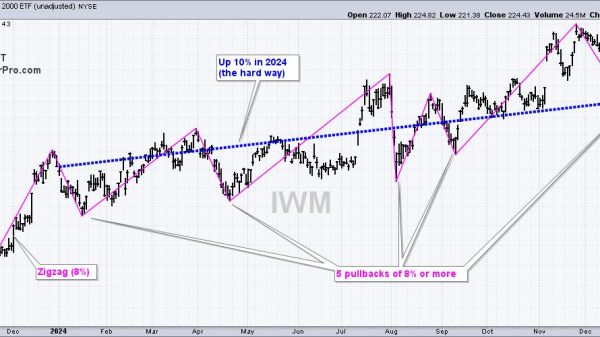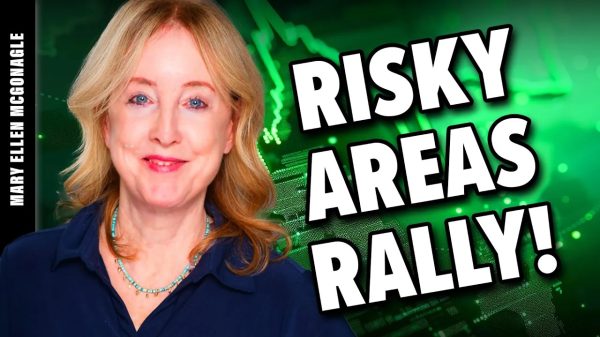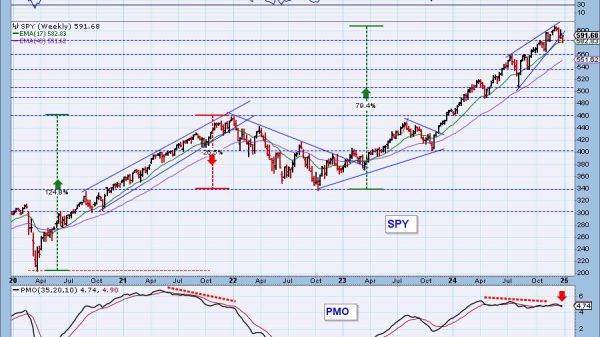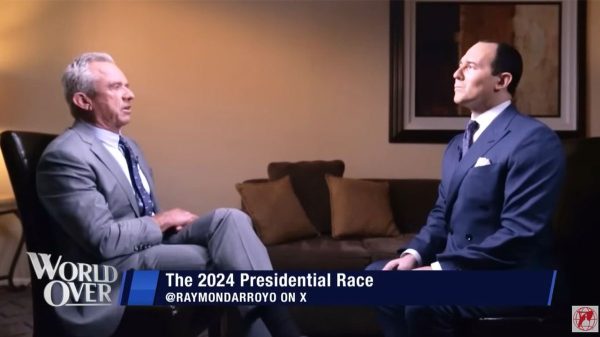The ‘Fog of War’ is the strategic message that Russian President Vladimir Putin aimed to signal last week to President Biden, Ukrainian President Volodymyr Zelenskyy, the Pentagon and military and political leaders across the U.S. and NATO.
This iconic metaphor, coined by the renowned Prussian military strategist Karl Von Clausewitz in his seminal work ‘On War,’ connotes the inherent uncertainty that military commanders face when making life and death decisions in wartime. It is because the commander never actually has a clear and full picture of what is taking place on the battlefield. Clausewitz explained that ‘three quarters of the factors on which action in war is based are wrapped in a fog of greater or lesser uncertainty,’ comparing such conditions with the lack of clarity during twilight.
This is exactly the type of confusion and psychological impact that Putin sought to create and has likely achieved when Russia fired an experimental hypersonic ballistic missile, striking a weapons production plant in the Ukrainian city of Dnipro. This was in retaliation against Ukrainian strikes on a Russian military facility in Bryansk with U.S. made long-range missiles called ATACMS, after President Biden had given Zelenskyy permission to do so.
Russia’s striking Ukraine with a weapon that has never been used in a war before caused temporary confusion in Washington and Kyiv as to the nature of the missile.
The media reported, based on official statements from Kyiv, that the missile in question was an intercontinental ballistic missile or ICBM. ICBMs are designed to wage a nuclear war. It was not until the Pentagon’s deputy press secretary, Sabrina Singh, confirmed that the missile was an ‘intermediate-range ballistic missile,’ or IRBM, that the fears of a major escalation of the war that crossed the 1,000-day milestone had subsided. At least for now. Singh also revealed that ‘the United States was pre-notified, briefly, before the launch, through nuclear risk reduction channels.’
Putin’s choice of this particular weapon, called the Oreshnik, is not accidental. The Oreshnik is an ICBM disguised as an IRBM. Characterizing it as the former or the latter is semantics. It walks, talks, smells and feels like an ICBM. It can do some jobs of an ICBM. Based on the design of the RS-26 Rubezh, an ICBM, the Oreshnik is packed with ICBM technology. It is a MIRV, or multiple independently targetable reentry vehicle (MIRV), another signature of an ICBM. The missile fired at Ukraine on Thursday carried six such warheads.
The guts of this missile, i.e. its instrumentation (sensors, electronics, data acquisition capabilities installed on the missile) are those of the Rubezh. With its flight capability of between 500 km and 5000 km – just 500 km (310 miles) below the standard low limit of an ICBM – the Oreshnik can target most of Europe and the West Coast of the United States. After a launch, such a missile could probably hit Britain in 20 minutes and Poland in 12 minutes.
The Oreshnik can be outfitted with a non-nuclear or nuclear warhead. And it is nearly impossible to intercept by existing missile defense systems because it is designed to fly at hypersonic speed of Mach 11.
Oreshnik-type missiles are also extremely difficult to properly characterize and discriminate whether they carry a conventional or nuclear payload. Our early warning systems, operated by the U.S. Space Force, look for signatures that are like human fingerprints unique to a specific missile (shape, size, speed, heat/temperature, emissivity, plume, etc.). Then a team of scientists at the Defense Intelligence Agency, where I served as a senior Russia/Putin specialist, conducts a measurement and signature intelligence analysis, making an assessment of the type of missile fired. Since Oreshnik’s instrumentation is that of an ICBM, the technical means could interpret it as an ICBM.
That is exactly why Moscow alerted Washington as to what was about to happen before the launch. It’s not in Putin’s interest to provoke President Biden’s response to what could be a nuclear strike. Kyiv did not get such notification since Ukraine doesn’t have nuclear arms to retaliate.
Putin signaled that today it is conventional, tomorrow it could be nuclear. In peacetime, warring parties follow the arms control notification protocols; in wartime, no such warning is expected. The temporary confusion meant to be achieved by such deception tactics is used to gain the so-called ‘strategic initiative,’ in Russian doctrinal parlance.
The idea is that the fighter who throws the first punch is in a better position to win the fight.
‘Fifty years ago, the streets of Leningrad taught me one thing: If a fight’s unavoidable, you must strike first,’ Putin once said. The Russian General Staff a few years ago made a long-term intelligence assessment that a kinetic war between Russia and the United States was inevitable, given the decades-long confrontation between Moscow and Washington over geopolitical control over former Soviet states.
‘I think it is sufficiently clear and understandable,’ said Putin said in his televised address after the Oreshnik launch. ‘The tests were successful, the goal of the launch was achieved,’ he emphasized, almost certainly directing his message at President Biden.
Putin’s ally, former president and deputy chair of Russia’s Security Council, Dmitriy Medvedev, explained the meaning of Putin’s warning, ‘The West should take seriously the tests of the new Russian missile system, assess the possible consequences and stop supporting Kyiv.’
He added, ‘Europe now has to guess what damage the system can cause if the warheads are nuclear, whether these missiles can still be shot down and how quickly the missiles will reach the capitals of the Old World. Answer: The damage is unacceptable, it is impossible to shoot down with modern means, and we are talking about minutes. Bomb shelters will not help, so the only hope is that good Russia will warn about launches in advance. Therefore, it is better to stop supporting the war.’
Unquestionably, the White House and NATO allies got the message, having called for an emergency meeting taking place today (Tuesday) in Brussels.
The statement made on Friday by Polish Prime Minister Donald Tusk said it all about the peril that Putin and President Biden have placed America, Europe, Ukraine, Russia and the rest of the world in. He noted that the Russia-Ukraine war is ‘entering a decisive phase’ and ‘taking on very dramatic dimensions.’
















